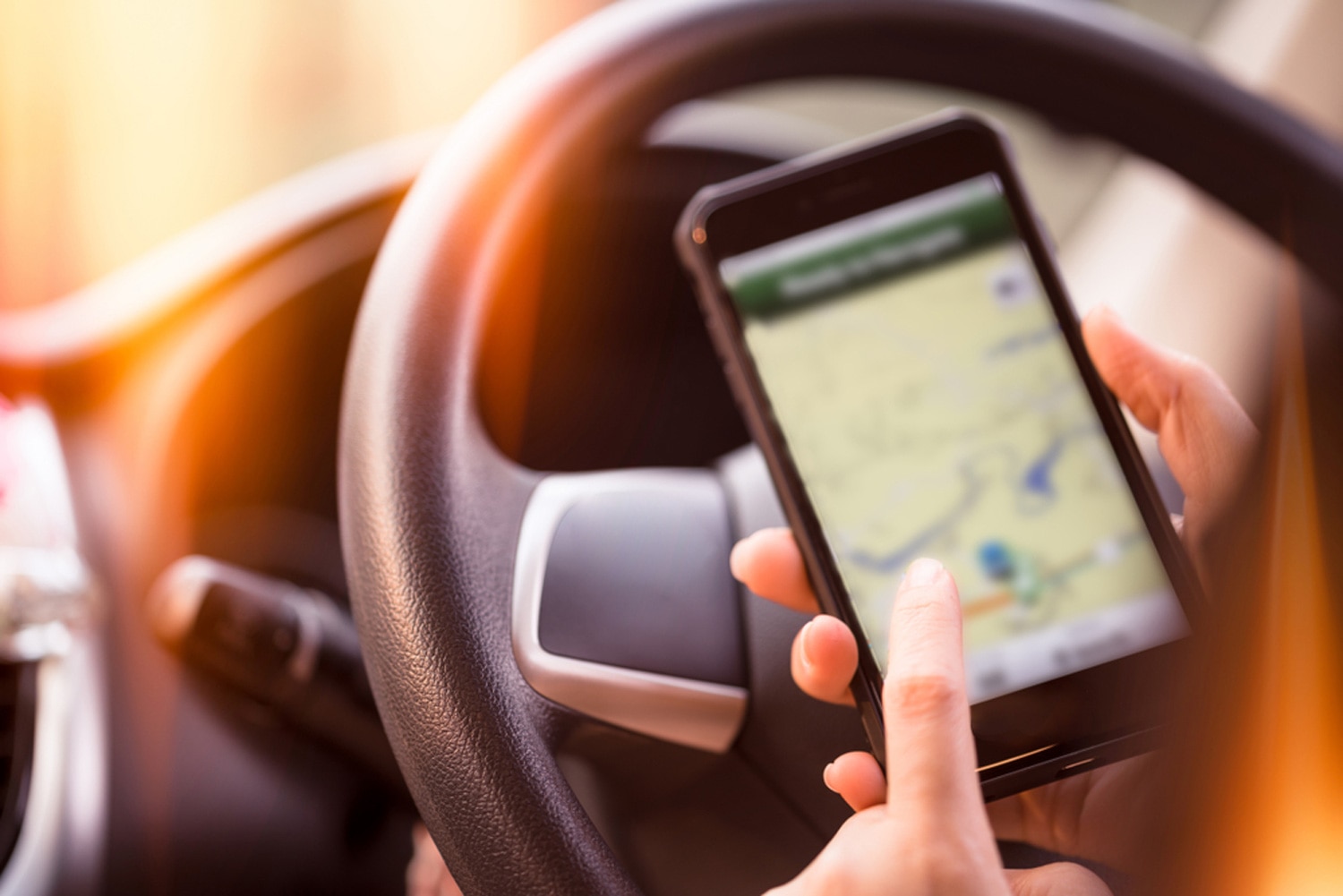Are There Rideshare Options for Long Distance Trips?
Can taking a rideshare for a long distance trip work for you? Run through the costs first before deciding.
 Shutterstock
Shutterstock
Most rideshare trips tend to be just a few miles, or sometimes slightly longer trips to the airport. But what about even longer distance trips of 50 miles, 100 miles, or more? Can you take a rideshare long distance? The general answer is yes—but if you're thinking about a long distance trip as a driver or a passenger, you'll want to look at the costs.
Can You Take Long Distance Rideshares?
You can; popular rideshare apps such as Uber and Lyft allow for long-distance trips. So do many car rental apps.
Lyft, for example, limits any ride outside the pickup coverage area to 100 miles. According to reports, Uber doesn't have a mileage limit but focuses on time, with an eight-hour drive limit. Some popular car rental apps allow hosts to set daily mileage limits for drivers.
As a rider (and a driver), these points are good to know, but you'll also want to figure out if the cost of a long distance rideshare is worth it compared to the costs of driving your own vehicle.
Other Ridesharing Options
While Uber and Lyft are the most popular rideshare tools, they aren't the only way to make a long-distance trip. Here are a few other options to explore:
- Getaround: Hosts can sign up to rent out their cars and connect with drivers through the app. Trips are limited to 200 miles per day. However, hosts may allow for multi-day trips
- Turo: Similar to Getaround, hosts rent their cars to guests and connect with drivers via the app. With Turo, hosts limit the daily mileage on their vehicles. Some may set it at 200 miles per day, while others may allow unlimited miles per trip
- ZipCar: ZipCar is a membership plan for riders, and the company owns its fleet of vehicles. Included in the cost of the membership plan, riders get 180 miles a day. There's a fee for every mile beyond that
Costs to Consider for Rideshare Long Distance
Ridesharing is a popular entry into the gig economy for many car owners, but there are costs (especially for long trips). Before taking rideshares over long distances, you may want to run through some of the costs as a driver and as a rider.
For drivers
You may look at the potential for a long distance trip and see a big payday, but the reality is there are some obvious and hidden costs you'll need to weigh, including:
- Gas: High gas prices can quickly eat into your profits, so figure out how much it will cost to get your passenger to their destination and get you back home
- Mileage: Think about the added mileage to your car and the potential costs. Providing long-distance rides could lead to an increase in your insurance premiums, since vehicles that drive more may face more risk
- Wear and tear: While this is harder to quantify, the more you drive your car over time, the more likely it becomes that it will begin to wear down. More miles can mean having to replace tires or needing maintenance on parts sooner
- App fees: You may have to pay a portion of your earnings for every ride as a fee to the company
- Ancillary costs: It's wise to budget for additional costs that may pop up, such as tolls and food. Depending on the length of your trip, you may want to include parking, hotel, and meal costs if you have to stay overnight
Track the income from trips compared to the cost of gas, maintenance, insurance, and other ancillary factors to see if it makes financial sense.
For passengers
Even if you have a car, you may not want to put miles on it for a long trip. However, there are still some costs to think about comparing before you decide, including:
- Ride fees: If you're planning on using a ridesharing app for a long distance ride, calculate the total cost in the app to get a good picture of your expenses. Also, keep in mind that you may have to pay toll fees
- Surge pricing: You could get hit with surge pricing, which can happen during periods of high demand, so you may want to lock in a reservation ahead of time
- Tips: Uber and other rideshare apps recommend a 15% tip for drivers, which usually isn't included in the app estimate tools, so factor that into the cost
- Food and rest stops: You may need to eat or use a rest stop during your trip, so plan for that and communicate it with your driver
A good rule before a long distance trip is to connect with the driver ahead of time. That way, you can both be on the same page about your plans.
The Bottom Line
Take the time to weigh the advantages and costs of a long-distance rideshare, both as a driver and a rider. Knowing the costs can help you make the right decision for your trip.
Written by humans.
Edited by humans.
 Liz Froment
Liz FromentI love learning about money — deals, financing, and what to avoid. All that came in handy after my own extensive car search, where I put everything I learned about the financial side of things to use. That's where I can help you too. I want to give you tools to help you find the best vehicle that will fit your practical and financial needs.
Related articles
View more related articles